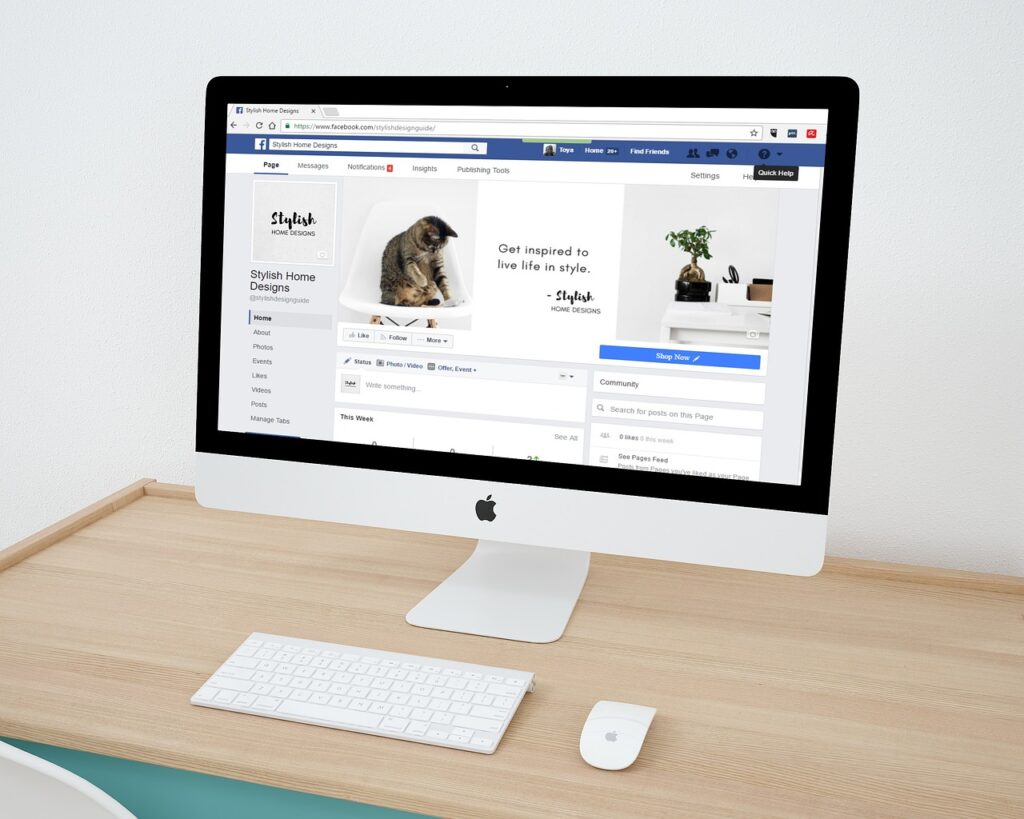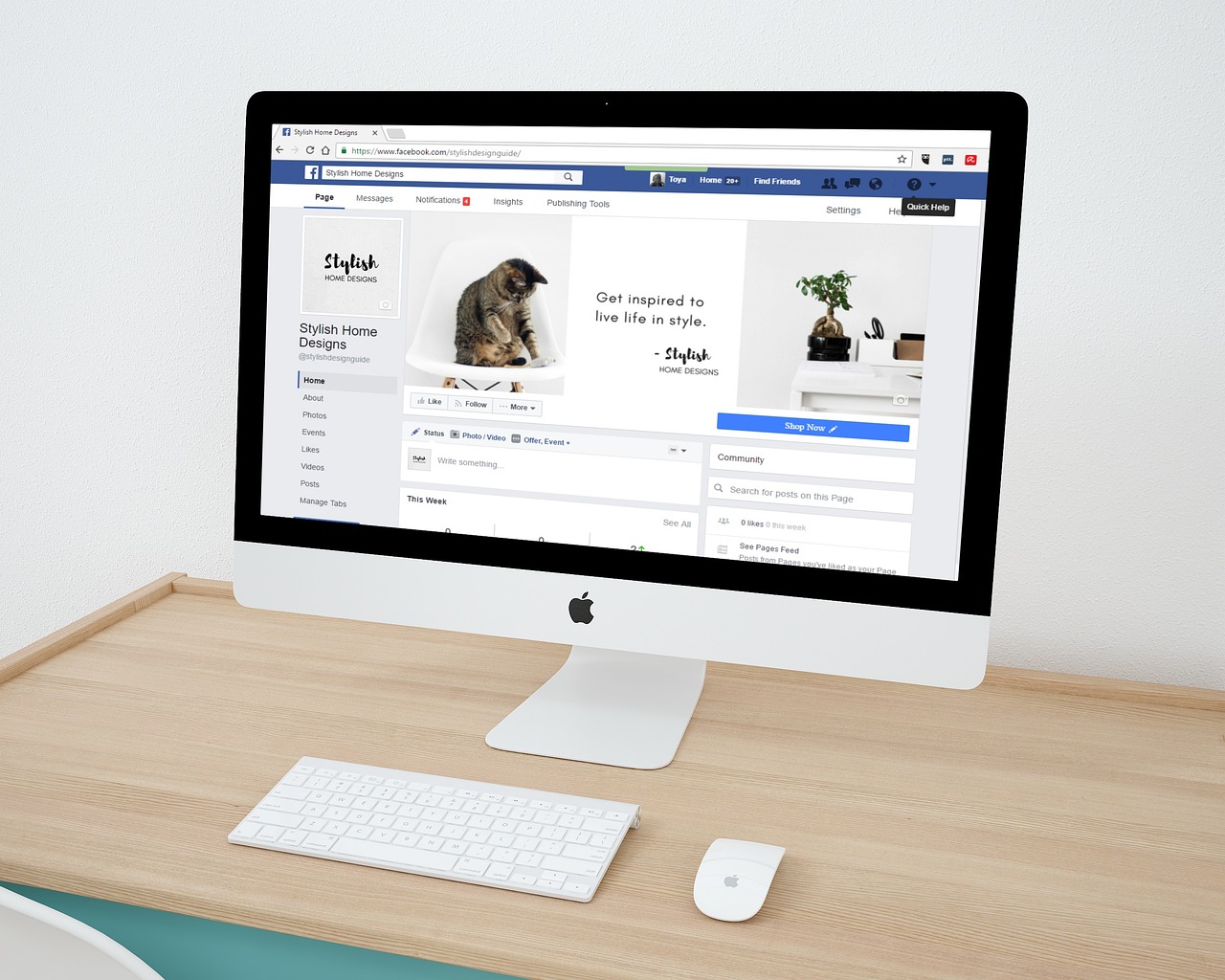Choose the Best Page Builder for Your Business

Marketers who were around back in the early 90s will remember using Dreamweaver and other HTML page builders to construct their websites, landing pages and sales pages.
While a trip down memory lane may seem nostalgic, there’s no denying that it was time-consuming, cumbersome, and painstaking to create these web pages ‘by hand’.
- Finally… a breakthrough!
In 2010, OptimizePress changed the online marketing landscape when it unleashed its page building plugin which was compatible with WordPress. This tool made it easy and fast to create beautiful sales pages with just a few clicks of a mouse.
The skyrocketing popularity of OptimizePress highlighted a need for page builders which simplified and accelerated the process of creating high-converting and aesthetically-pleasing pages.
It was just a matter of time before competitors sprung out of the ether offering similar page builders.These days, there are a plethora of popular page builders to choose from.
Some of the most popular ones are: - Elementor
- OptimizePress
- ThriveSuite
- LeadPages
- ClickFunnels
- BeaverBuilder
- Spectra
- Samcart
The page builders above are all good… and while they have their pros and cons, and some tools excel in some areas, for the most part, they get the job done – helping you to create awesome pages.
Ultimately, the page builder you choose should be right for you… and in alignment with your budget.
- What are your needs?
The page builder you choose should have the features (elements) you’ll need to create your pages. For example, pricing tables, testimonial boxes, video overlays, etc.
Since most page builders have drag-and-drop functionality, all you’ll need to do is drag the elements on to your page and edit them. If the page builder you’re using doesn’t have the features you need, it’ll be difficult to create the page you want. So ask yourself what you need a page builder for and check that it has the features you need before you purchase it.
If you’re just using it to ONLY create landing pages or sales pages for single products, you won’t need a tool like ClickFunnels, which allows you to build full-blown sales funnels and so on.
A page builder like LeadPages or OptimizePress will suffice. The more features you want, the more you’ll need to pay. Which brings us to the next point… - What’s your budget?
These days, software is sold as a service. What that means is – you’ll be paying a monthly subscription.
For example, ClickFunnels costs $97 a month, LeadPages costs $37 a month (paid annually) and OptimizePress costs $129 a year (Builder plan).
However, if you’re on a tight budget, you could use Elementor’s free plan… or its very reasonable $19.99 a month Business plan.
While Elementor may not have some of the more advanced features found in the more expensive page builders, it has enough for budding online marketers to create pages that look great. Once you’re making profits online, you can get a more costly page builder.
Another point to note is this: Some tools such as ClickFunnels and LeadPages will require you to pay monthly. Once you stop paying, the pages you’ve built so far will cease to exist.
This basically means that you’re ‘held hostage’ by these platforms because your hard work will vanish once these pages disappear because you cancelled your subscription.
So you need to keep paying and paying and payi- … you get the idea.
However, if you use a page builder like OptimizePress, Elementor or Thrive Architect, once you build your pages on your WordPress site, they’ll still be ‘live’ even when you cancel your subscription. That’s because you’re paying for support and updates.
The rule of thumb is this – if you’re building your pages on a platform that’s not yours, they’ll go down once you cancel your subscription. This is the downside of building your house on rented land.
That said, many marketers still use these tools because they’re awesome and the sales accrued from having these pages justifies the monthly fee. The juice is worth the squeeze.
Whether you go with a plugin like OptimizePress or a platform like LeadPages is up to you. There’s no right or wrong answer here. Just be aware of the pros and cons before purchase.

10 Factors to Consider before Purchase
Below you’ll find 10 factors you should bear in mind when choosing a page builder. While most reputable page builders will have these features, their options may vary. So you’ll need to do your due diligence and see which one suits you best.
- Templates
With templates, you’ll be able to create landing pages and other pages in minutes. All you need to do is use the template, and tweak the elements and the text on the page. It’s much easier than building a page from scratch.
Different page builders will have different templates, but most will cover the basic pages such as:
- Opt in pages
- Newsletter Sign-Up
- Webinar Registration
- Mini Course Sales Page
- Free Guide Page
- Welcome Page
- Thank You for Signing Up Page
- 404 Page
- Software Sales Page
- And more!
While OptimizePress has 400+ templates, Elementor has 3,300+ templates. That’s a huge difference… and while Elementor’s selection is impressive, it can be overwhelming trying to choose one you like. Though some people may prefer the variety.
Whatever the case, you’ll want to sign up for a free plan or trial just to see what the templates look like. Very often, you’ll be shown which ones come with the paid version of the tool… and you may even be able to preview them.
- Drag-and-drop functionality | Features
Being able to drag and drop the different elements will speed up the page creation process. By building a page in blocks, it’ll be easier to move the blocks around, make edits and get the page to look exactly the way you want it to.
As mentioned earlier, some features found in one tool may not be present in another.
For example, OptimizePress has 50+ page builder elements whereas ClickFunnels only has 18.
Compare the features for the different page builders and see which one has the ones you’ll need. - Compatibility
If you’re using a page builder plugin like OptimizePress, Thrive Architect or Elementor, the plugin will need to play nice with your other existing plugins. Generally, most page builders will work well with WordPress because that’s what they were created for.
The problems may arise when the page builder breaks because it’s not compatible with a 3rd party plugin such as a contact form plugin, or maybe an analytics tool you may have and so on.
The best way to get around this problem will be to host your landing pages, sales pages and other pages on a different domain (or a subdomain) instead of your main website. This will ensure that everything is compatible because you’ll only need a page builder plugin on the domain. - User interface
Some page builders have a more complicated user interface. This will translate to a longer learning curve – but it all depends on your personal preferences. Some people find Thrive Architect easier to use than OptimizePress… while others find the latter more intuitive to use.
Once again, you’ll need to decide for yourself which one you like. By leveraging the free trials, you’ll be able to give the software a spin and see which one is your cup of tea. - Speed
It goes without saying that the pages must load fast, if you want high conversions. You can test out site/page speed using any one of the 3 tools below:
- https://gtmetrix.com/
- https://pagespeed.web.dev/
- https://tools.keycdn.com/speed
Most page builders are often ‘heavy’ with code and can slow down your website. This once again reinstates the importance of having a page builder installed on a separate site/domain.
If you’re building a niche site, page load speed is a ranking metric in the search engines. If your page builder is slowing down your entire site, it can affect your rankings in the SERP adversely.
So having the page builder on a site just for your landing/sales pages, etc. is a wise decision. Get a page builder that’s NOT bloated with code and loads fast.

- Flexibility
The degree of flexibility a page builder gives you will decide just how much you can do when creating a page. Some page builders have severe limitations.
For example, despite LeadPages’ relatively steep price, it doesn’t work well with HTML code. This will restrict you severely because embedding PayPal buttons and other code will be a chore.
It’s also clunkier to use and your ability to move the elements around is limited.
OptimizePress, Elementor and other page builders will easily accommodate HTML code and even have elements you can easily use to add code. You’ll also have much greater freedom when designing your pages because you can adjust the margins, column widths and much more.
Choose a page builder that gives you as much flexibility as possible so that you can exercise your creative freedom. - Mobile responsiveness
Most page builders will be mobile responsive… BUT… even the best ones can sometimes have hiccups.
For example, the buy buttons on your page may not be responsive… or some other element looks weird in responsive mode.
Your best bet will be to check how your page looks on mobile… and tweak things until the page looks great. Tools such as OptimizePress, Elementor and Thrive Architect will have the option for you to view your page in different devices.
If your page builder does not have this option, you can check your website at different screen resolutions here: https://responsivetesttool.com/ - Integrations
Ideally, you’ll want your page builder to integrate with the autoresponder you’re using. This is especially important if you’re creating landing pages.
Most page builders will integrate with popular autoresponders such as ConvertKit, Aweber, GetResponse, MailerLite and so on.
If you’re using a less popular, self-hosted autoresponder, you may wish to check if your page builder can be integrated with it.
Besides email marketing tools, you may want the page builder to integrate with Zoom, payment gateways, and/or your webinar hosting platform. You must be aware of what you’ll be using the page builder to do and ask yourself what else will need to be in place for everything to work smoothly.
Then check if all integrations are allowed with the page builder or if you’ll need to use a third-party tool like Zapier to make it work. - Support and updates
The vendor selling the page builder must have a support department to help you out either via ticket, email, phone or online chat.
For subscription-based page builders, they’ll usually have updates because you’re paying monthly for the service.
For plugins like OptimizePress and Thrive Suite, if you cancel your yearly subscription, your pages will still be ‘live’, but you’ll have no access to support and software updates – until you renew your subscription.
Although it may not appear to be a concern if your website/pages are currently functioning well – should you require ongoing updates or support, you may need to renew your subscription.
It’s imperative to carefully select a page builder that receives regular updates and is backed by reliable customer support to ensure that your pages don’t break and everything functions smoothly. - Security
The page builder you choose should be secure and not pose a threat to your site. Once again, this highlights how important it is to keep your page builder on a separate domain.

Be aware of the downsides!
While page builders are a massive time-saver and allow you to create pages proficiently, there are a few downsides you should be aware of.
As mentioned earlier, if you’re building your pages on someone else’s platform, you’ll need to keep paying to play. Once you stop, the game’s over and your pages go down. Even trying to export the pages may result in broken pages and errors.
Cost may be another downside if you’re on a tight budget. When you’re starting out, it’s best to avoid getting page builders with hefty monthly payments. Be budget conscious.
Some people may find that these page builders are too complex for them. In most cases, they’ve not spent enough time playing around with the software.
Usually, the reputable page builders will have video tutorials in their knowledgebase and often you’ll find many instructional videos on YouTube showing you how to use these page builders.
Take your time to study and use the tool to understand how it works. Within 4-5 days, you’ll be amazed at how easily you can build pages that look professional.
- In conclusion…
The page builder you choose should not only be within your budget, but should have the features you need, be compatible, have good support and integrations… and meet all the other requirements mentioned above.
Do your research and see what the most popular page builders are. Then exercise due diligence and test a few out with the free trials/plans.
Once you find one you like, get it and become adept at using it. Prepare to be astounded by the speed and ease with which you can craft stunning web pages.
My personal recommendation? If you prefer to host your own pages…
Get OptimizePress Now
Or, if you prefer to have your pages hosted…
Get ClickFunnels Now
